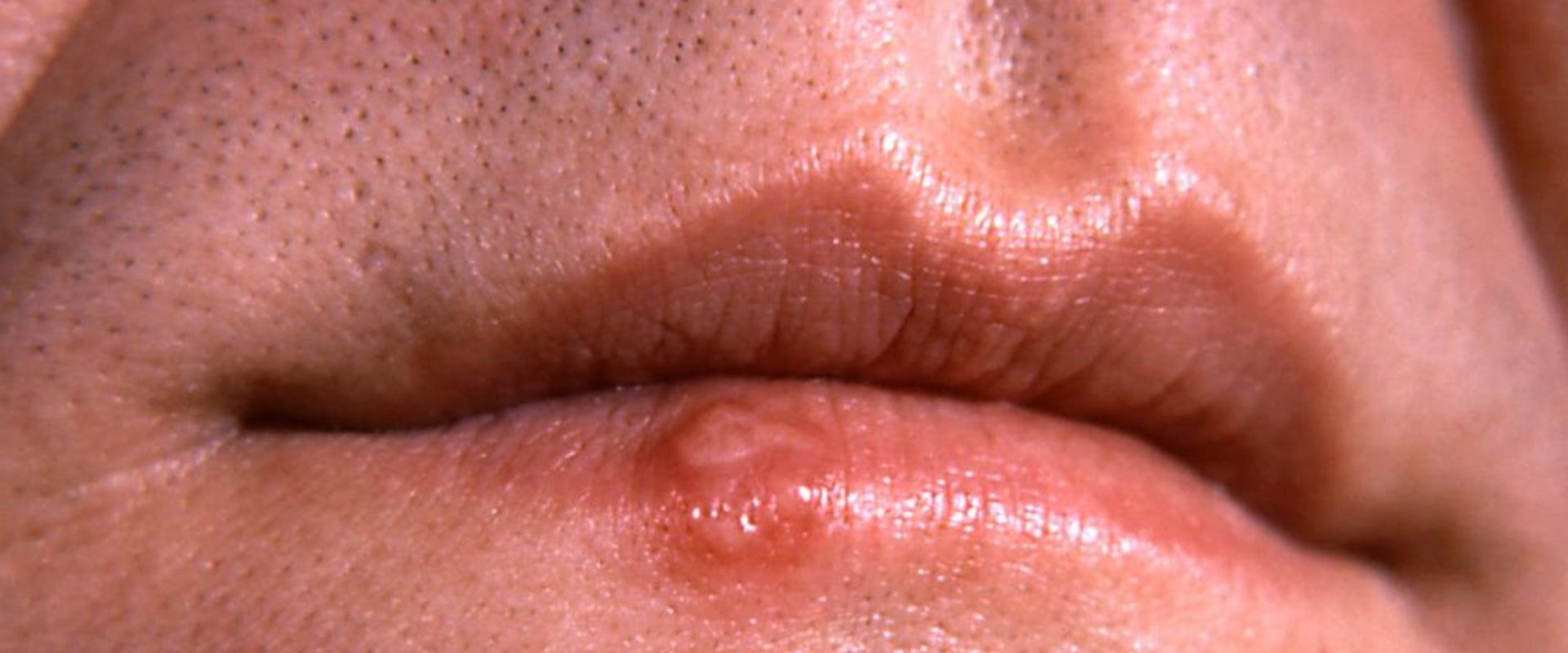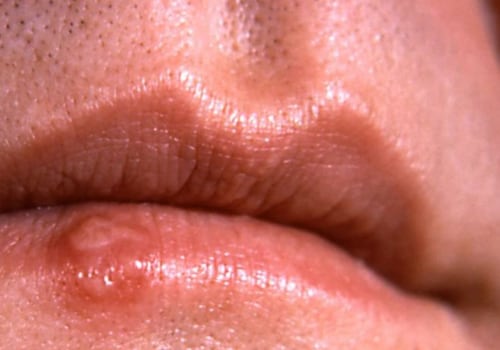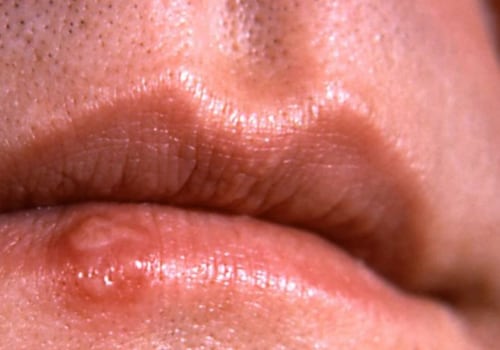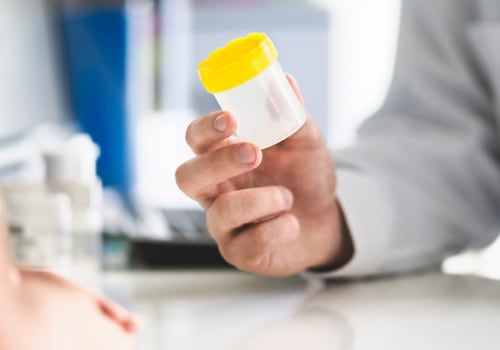When it comes to sexually transmitted diseases (STDs), women may experience a variety of symptoms. These can range from pain or burning when urinating, the need to urinate more often, or the presence of blood in the urine. Additionally, the appearance and consistency of vaginal discharge can change throughout a woman's cycle or even in the absence of a cycle. Some women may experience symptoms of STDs within days or weeks of getting infected, while others may take longer or never have any symptoms at all.
It is common for few or no symptoms to be present, so a woman living with an STD may not realize anything is wrong for a long time. The incubation period for STDs, which is the time between when you get an infection and the first symptoms appear, varies depending on the type of infection. For example, if you have herpes, you will continue to have it for the rest of your life. Although sores heal within a few weeks after they appear, the virus is still present even when there are no symptoms. It may reactivate weeks, months, or years in the future and cause another outbreak of sores. After the initial outbreak, subsequent outbreaks tend to be more moderate.
Many women with HIV don't know they have it for a long time after being infected. This is because it is common to show no symptoms for weeks, months, or even years. Some people have flu-like symptoms within the first 2 to 4 weeks of infection during the acute phase (the first phase of HIV).The symptoms of HIV often resemble those of less serious illnesses and can be easily ignored or overlooked. In addition, HIV can affect women in unique ways, so they may experience changes in their menstrual cycle or experience menopausal symptoms sooner than other women.8 In women, syphilis symptoms can easily be overlooked or ignored.
The sores may be confused with ingrown hairs or harmless bumps, or they may appear internally or in places that are difficult to see. Furthermore, syphilis can be confusing and misleading because it goes through different stages with different symptoms and there may be times when you don't have any symptoms. According to the Centers for Disease Control and Prevention (CDC), the onset of the first symptoms of syphilis can range from 10 to 90 days after infection. Sometimes people have no signs that they have this disease. A man with chlamydia may feel pain when he urinates or see fluid dripping from his penis.
A woman may bleed between periods, feel pain when she urinates, see a discharge, or feel mild pain in her lower abdomen. Additionally, due to anal sex, a patient may have bleeding or anal pain. If you are concerned that you may have an STD and are experiencing any of these symptoms, PhysicianOne Urgent Care is available 7 days a week for high-quality urgent care at a fraction of the cost of an emergency room visit. This includes testing for STDs. Depending on the specific pathogen (disease-causing organism), symptoms of STDs may appear within four to five days or four to five weeks.
Women often confuse symptoms of STDs such as discharge, smell, burning and itching with something else such as a urinary tract infection or fungal infection.







